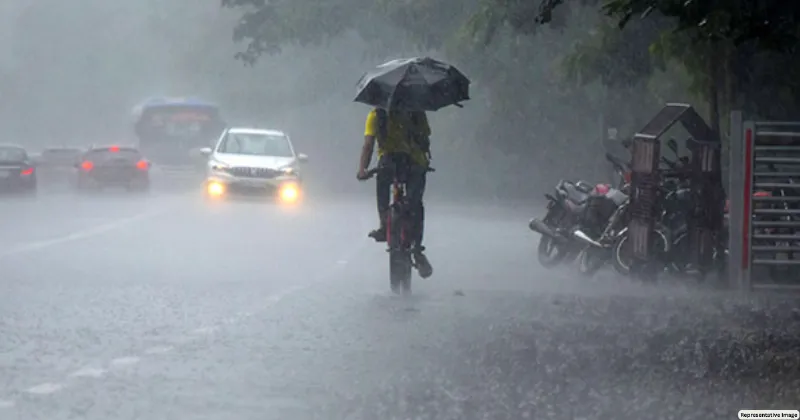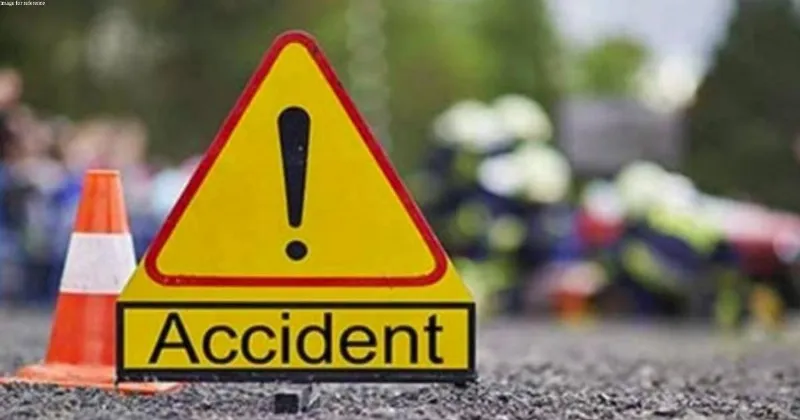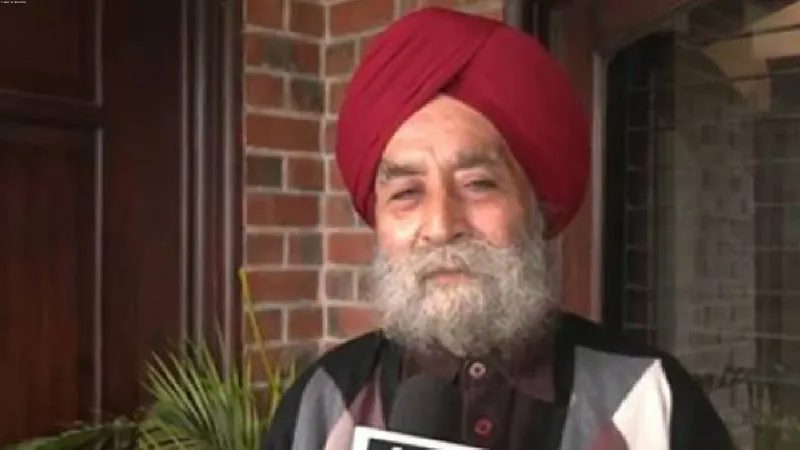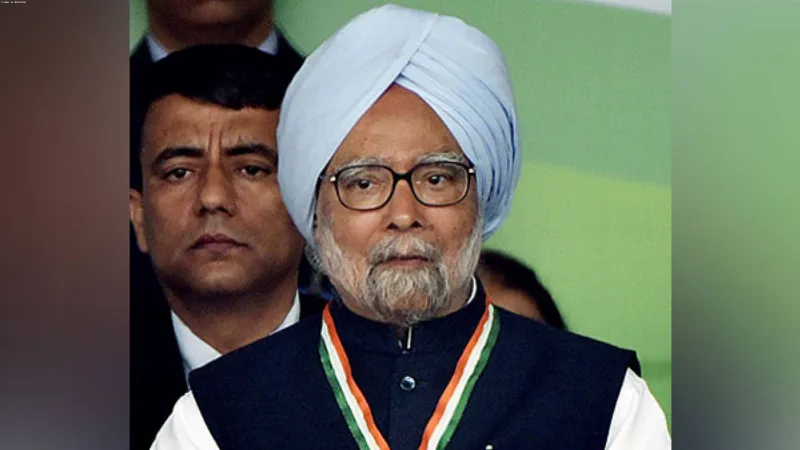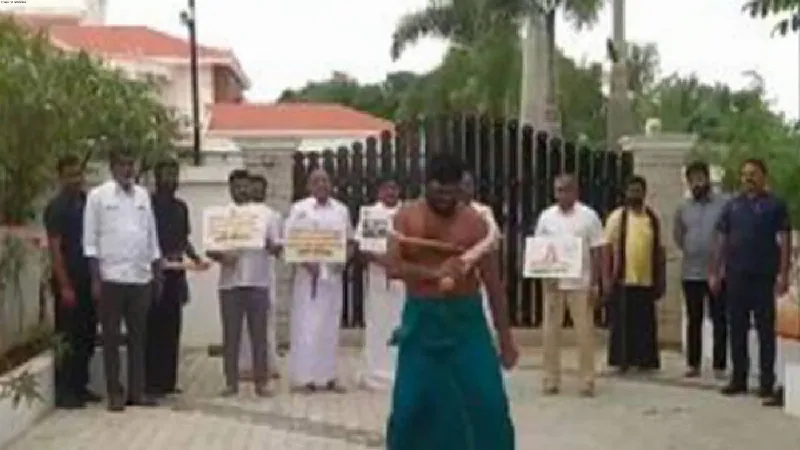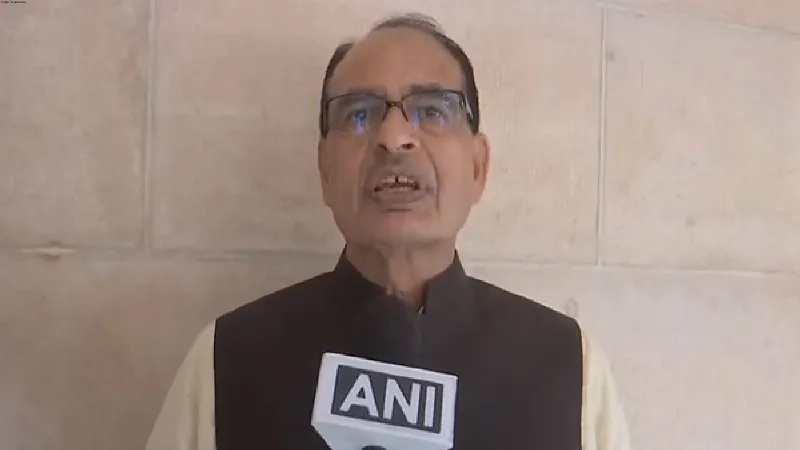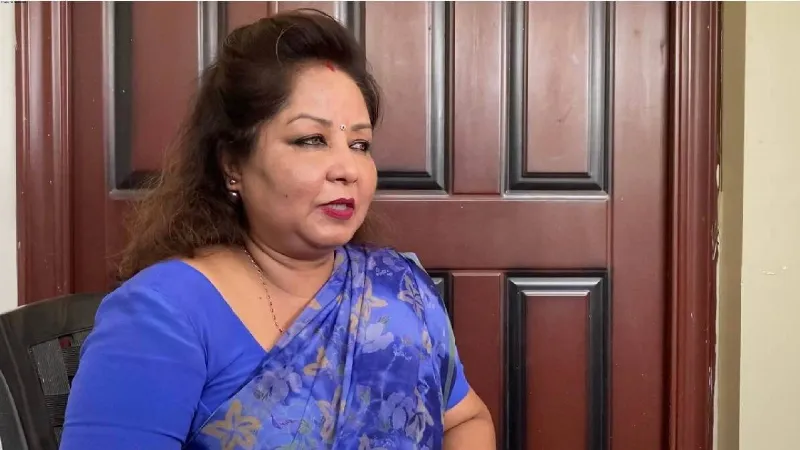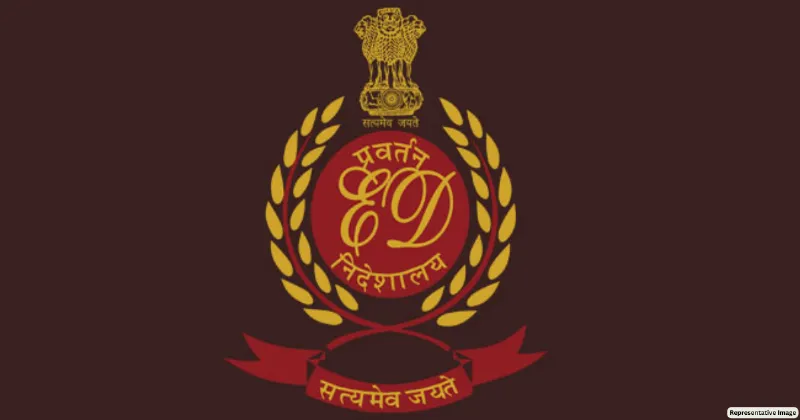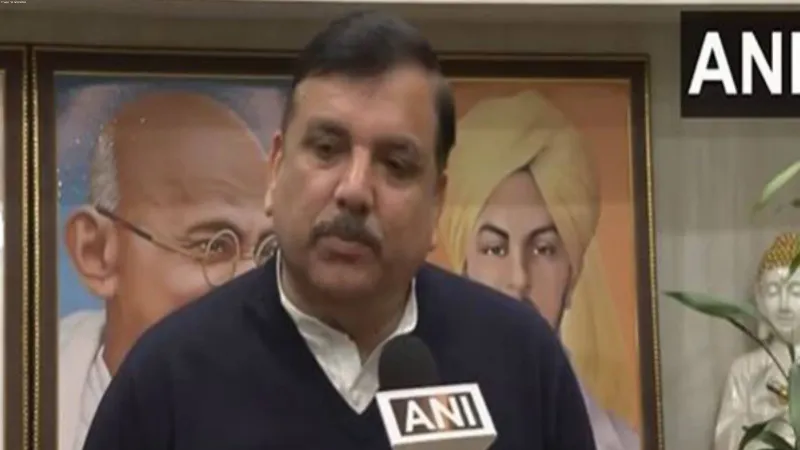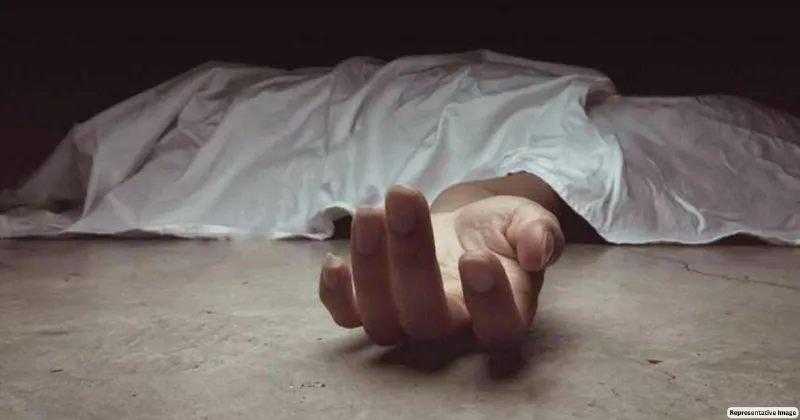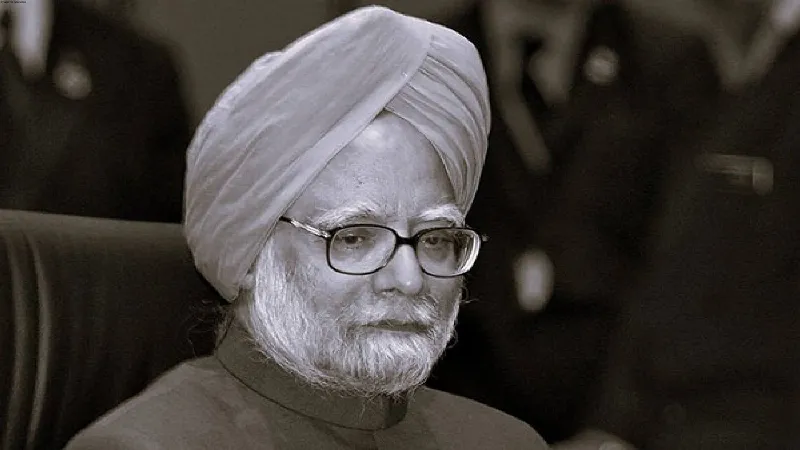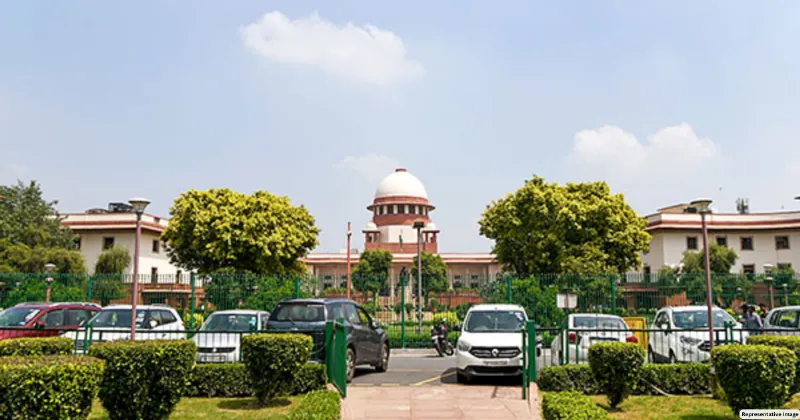Latest News
RAM & SITA IDOLS AT BABRI MASJID... HOW DID THIS MIRACLE HAPPEN ON A COLD DEC 1949 NIGHT?

The Ram Janmabhoomi issue remained untouched for six decades from 1890 under British rule. After this, the real controversy started in Independent India on December 23, 1949. According to various media reports, on the night of December 22-23, 1949, news came that the idols of Ram and Sita had been kept inside the Babri Masjid. Some priests and devotees claimed that these idols had miraculously appeared inside the mosque on their own. After the matter reached the police, a police constable named Mata Prasad recorded the statements at the disputed premises on December 23. It was said in the FIR that a group of 50-60 unidentified persons entered the mosque and performed religious rituals there. A few days after this incident, communal tension arose in Ayodhya and especially in Uttar Pradesh. At that time, veteran Congress leader Govind Ballabh Pant was the Chief Minister.
NEHRU WROTE TO PANT, ASKING TO REMOVE THE STATUE
The incident took place at a time when the partition of India and Pakistan had happened and the Kashmir issue was burning. On receiving information about this incident that took place in Ayodhya, the then Prime Minister Jawaharlal Nehru informed the then Chief Minister of UP Govind Ballabh Pant and asked him to take immediate action in this matter. The UP government ordered the removal of the statues, but the then District Magistrate KK Nair expressed his inability to carry out this order due to fear of riots and also inflaming the sentiments of Hindus.
According to the news published in the media, Nair even said that if the government wants to get this work done, then some other officer should be posted here in his place. Nehru considered this argument of Nair as an excuse and was very angry with Nair’s stand. Seeing Nair’s attitude, CM Govind Vallabh Pant suspended him from the post of District Magistrate. After this, the government considered it a disputed structure and got it locked.
On January 16, 1950, a person named Gopal Singh Visharad filed an application before the Civil Judge of Faizabad asking for permission to worship at the disputed site. The then civil judge NN Chanda gave permission. After this, the Muslims filed a petition against this decision. Journalist Hemant Sharma has also mentioned this incident related to the statue in his book titled ‘War in Ayodhya’. According to him, ‘KK Nair, resident of Alleppey, Kerala, was an ICS officer of the 1930 batch. During his tenure as the District Magistrate of Faizabad, the statues were placed in the disputed structure or rather, it was he who got them placed. Nayar is one of those figures in modern India whose tenure witnessed the most significant turning point in this case, leaving a lasting impact on the country’s social and political fabric.
INFIGHTING IN CONGRESS ON THIS ISSUE
On July 9, 1950, Nehru wrote a letter to Lal Bahadur Shastri, the Home Minister stating, “It seems to me that the situation in Ayodhya is going from bad to worse. There is every possibility that such problems may spread to Mathura and other places. What troubles me the most is that our Congress organisation is not taking any interest in this matter and many senior Congress leaders like Raghavdas and Vishambhar Dayal Tripathi are running the kind of propaganda which we can only call communal and which is against Congress policy.”
DISTRICT MAGISTRATE LATER BECAME ‘NAIR SAHEB’
After being suspended, Nair moved to court against the Congress government and the court ruled in Nair’s favour. Nair got his post back but after this Nair said goodbye to civil services. The reason behind this was his displeasure with Jawaharlal Nehru and Govind Ballabh Pant. People became Nair’s fans after seeing his courage to disobey the orders of Nehru and Pant. For this reason, many people started calling KK Nair, Nair Saheb. After resigning from the post, Nair entered politics and his family joined the Jana Sangh to help the cause of the construction of the Ram temple in Ayodhya. In the year 1952, his wife Shakuntala Nair won as a member of the Uttar Pradesh Assembly and in 1962, both KK Nair and his wife won the Lok Sabha elections. The most important thing is that his driver was also elected as a member of the Legislative Assembly from Uttar Pradesh. KK Nair and his wife Shakuntala were also arrested during the Emergency. KK Nair died on 7 September 1977.
PANKAJ SONI The writer is Associate Editor at First India



